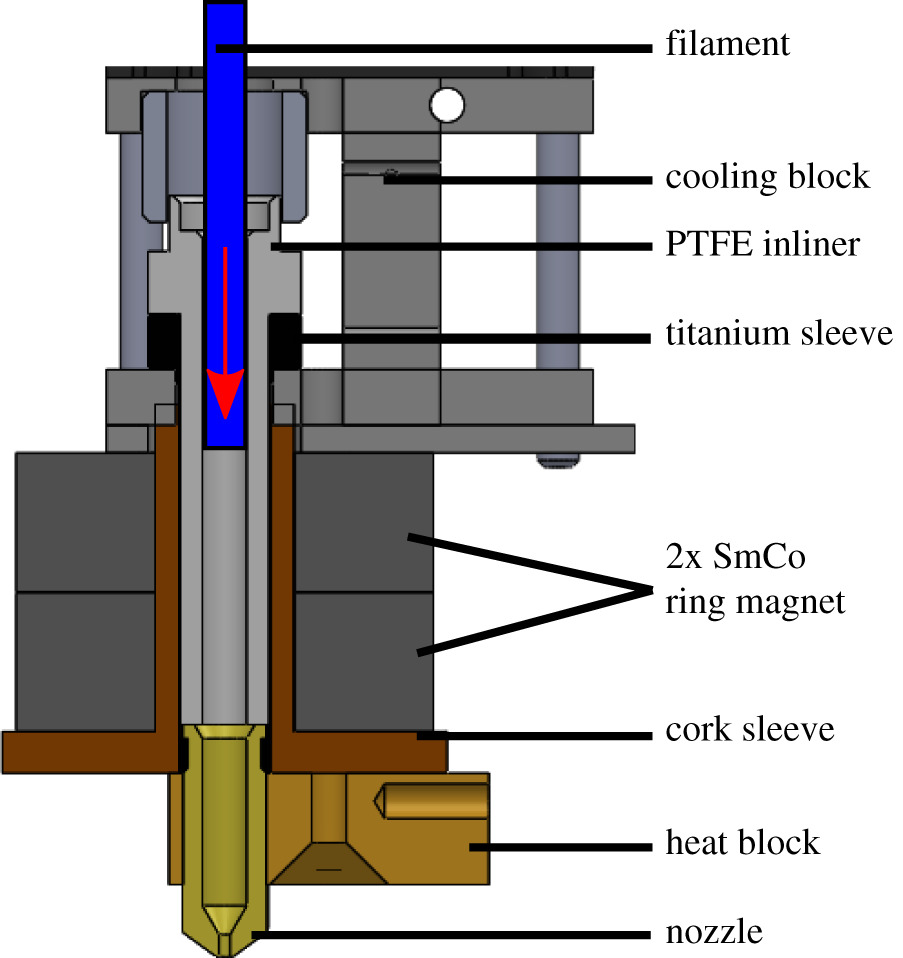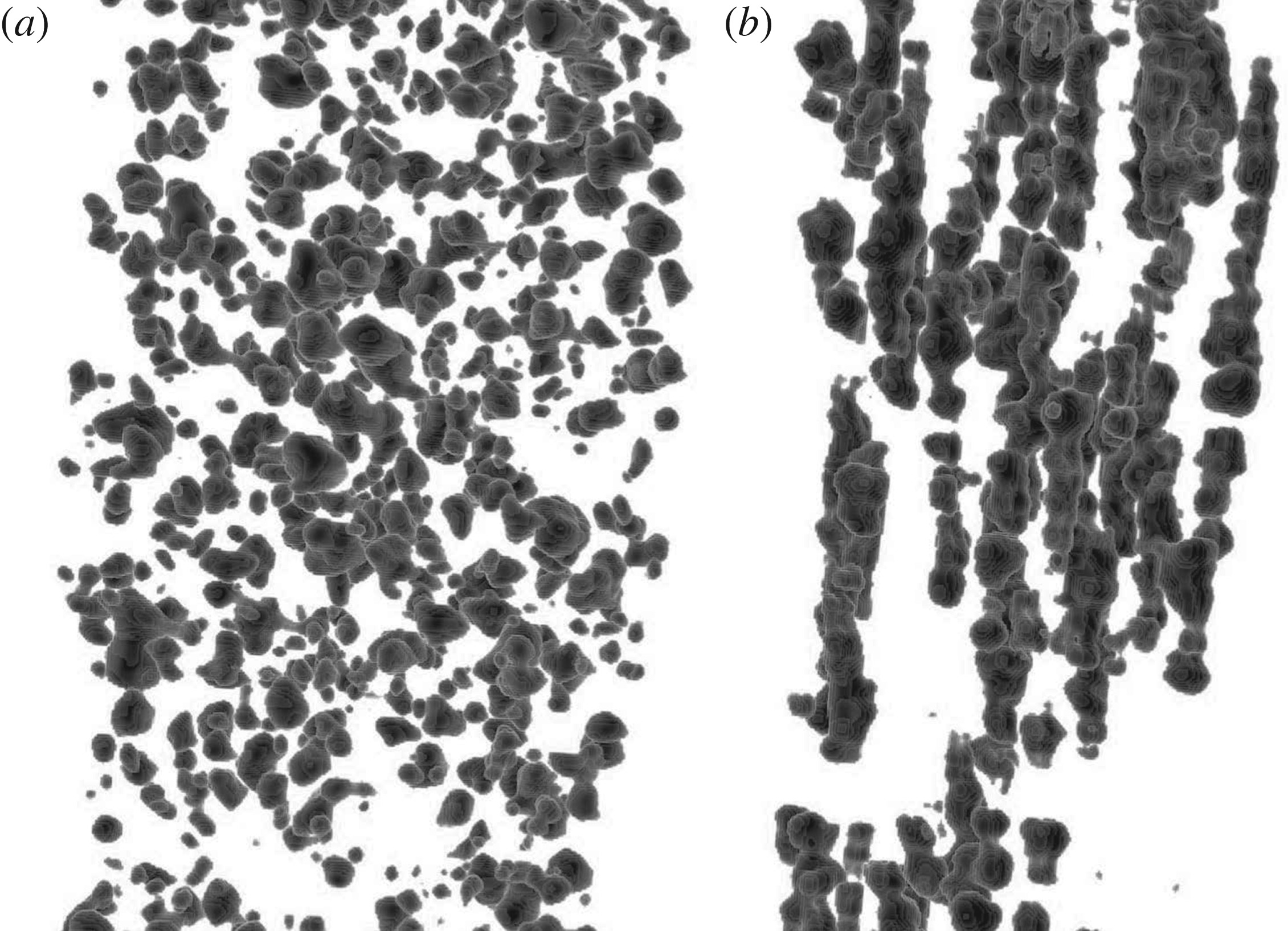Researchers from the Dresden University of Technology have formulated and 3D printed a magnetic TPU-based elastomer filament using FFF technology. By utilizing a novel printhead and a magnetic field, the team was able to pre-structure magnetic particles in the thermoplastic elastomer matrix, giving it magnetic properties once extruded.
Magnetic ‘smart materials’
The term ‘smart material’ cropped up a few years ago to describe materials that have been further functionalized with specialist properties after being formulated. In the case of the filament in this study, a magnetorheological elastomer (MRE) was produced – a type of smart material if you will. According to the researchers, combining the added functionality of an MRE with the design freedom enabled by low-cost FFF technology could be used to solve a wide range of mechanical problems.
There are two main types of MREs: anisotropically structured MREs and isotropically structured MREs. Anisotropic structuring describes orientation dependent properties, where a magnetic field is applied to pre-structure the magnetic additives and align them in line with the field. The superstructures are locked into the cured (once-molten) matrix, resulting in magnetism in only one plane. Isotropic structuring describes the case in which a magnetic field is not applied, so the magnetic particles are randomly distributed throughout the matrix. Magnetism is not exclusive or emphasised in one plane, and the property is orientation independent.
Pre-structuring magnetic TPU
The researchers set out with the goal of manufacturing pre-structured (anisotropic) MRE parts using FFF. Iron powder particles larger than 10 microns were added to TPU Filaflex 82A by Recreus. The size minimum was chosen because it would allow the researchers to track the individual particles using computed tomography (CT) when investigating the microstructure of the new composite MRE. Initially, an unstructured compound filament with randomly distributed iron powder particles was produced. This filament would go on to be used with the novel printhead designed to structure the iron additives during the extrusion process.

To align the magnetic material in the filament, the team housed two ring magnets in the space right above the heat block. This way, as the filament transitioned to its molten form, the iron additives would slowly begin to align themselves with the magnetic field. The tailored printhead was fitted into a commercially available Ultimaker 2+ 3D printer and the filament was run through it.

After subjecting the printed samples to CT, the microstructural distribution was observed and the researchers confirmed that the novel printhead was successful in structuring the magnetic additives in the filament prior to printing. The team expects the method to eventually be refined to produce end use parts for medical engineering and soft robotics.

Further details of the study can be found in the paper titled ‘Field-structured magnetic elastomers based on thermoplastic polyurethane for fused filament fabrication’. It is co-authored by E. Dohmen, A. Saloum, and J. Abel.
Filament R&D is of great importance in the field of additive manufacturing, as feedstock is just as important as the machine it’s used with when producing professional and industrial parts. We see companies and institutions constantly trying to enhance existing material properties or develop new ones altogether. Earlier this year, the U.S. army formulated a new high strength multi-polymer filament designed for mission critical parts in the field of battle. Elsewhere, in Beijing, researchers have developed a starch-infused PCL-based composite filament with antibacterial properties.
The nominations for the 2020 3D Printing Industry Awards are now open. Who do you think should make the shortlists for this year’s show? Have your say now.
Subscribe to the 3D Printing Industry newsletter for the latest news in additive manufacturing. You can also stay connected by following us on Twitter and liking us on Facebook.
Looking for a career in additive manufacturing? Visit 3D Printing Jobs for a selection of roles in the industry.
Featured image shows CT scans of the filament extruded in the absence of a magnetic field (left) and under the influence of a magnetic field (right). Image via Dresden University of Technology.


